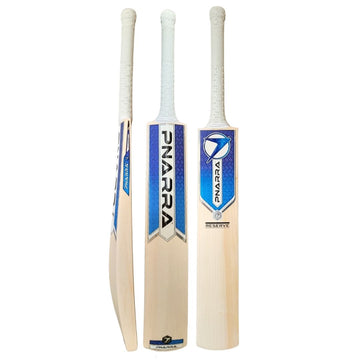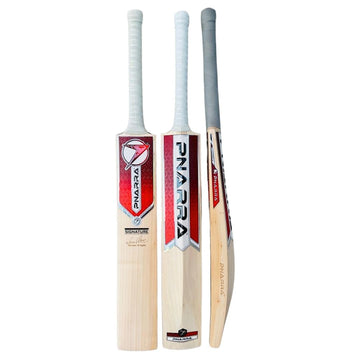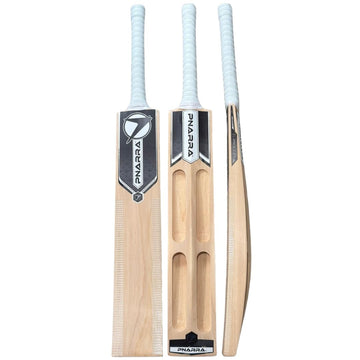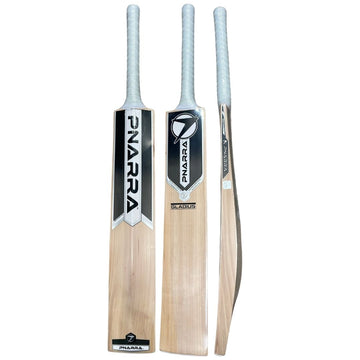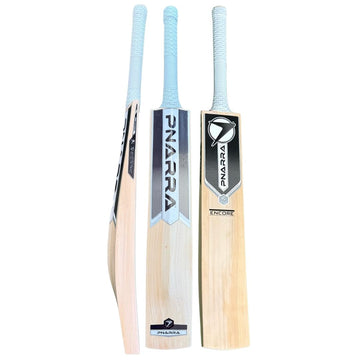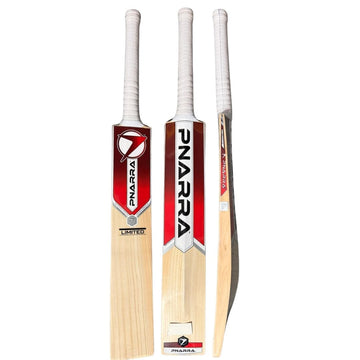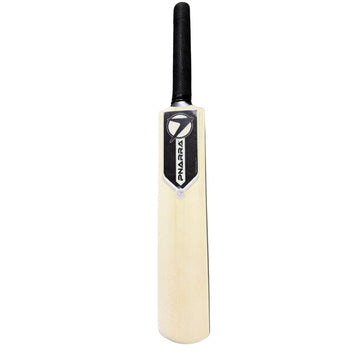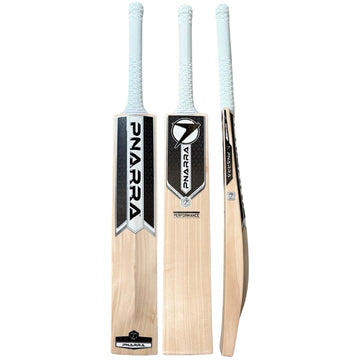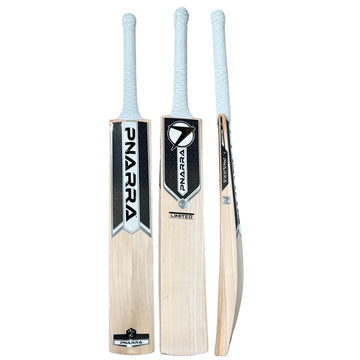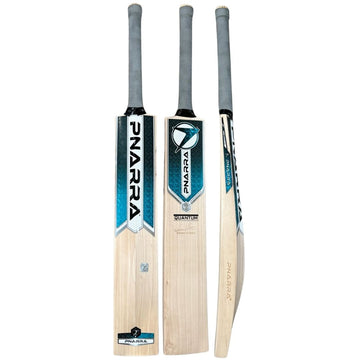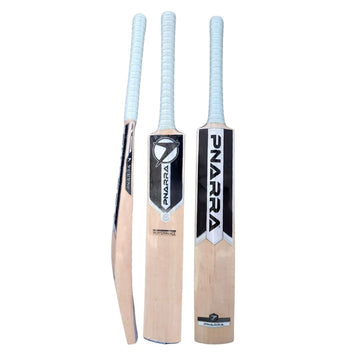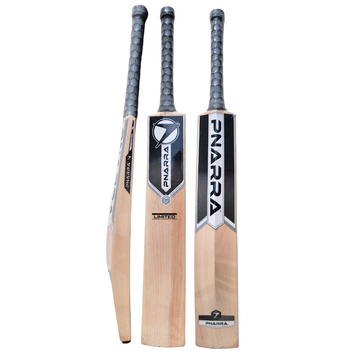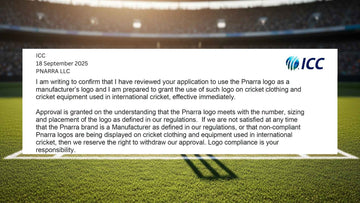Ever wondered why a new ball comes into play after 80 overs in Test cricket, but not in T20s or ODIs? The number of overs a cricket ball lasts depends on the match format, ball type, and playing conditions — and each one tells a different story. Let’s break it all down.
1. Cricket Leather Ball – The Basics
A professional cricket leather ball is built with a cork core, string layers, and hand-stitched leather. Its life span depends on:
- Quality of leather and stitching
- Ground conditions
- Type of format (short vs long matches)
Leather balls mainly come in three types:
- Red Ball – Used in Test matches and First-Class cricket
- White Ball – Used in limited-overs formats like ODIs and T20s
- Pink Ball – Used in Day-Night Test matches
2. T20 Cricket – 20 Overs
- Ball Used: White Leather
- Lifespan: 20 overs (1 ball per innings)
-
Details:
- One fresh white ball is used per innings.
- T20 matches are aggressive; the ball faces heavy hitting and quick wear.
- Shine and swing aren’t priorities — visibility and consistency are.
3. One Day Internationals (ODIs) – 50 Overs
- Ball Used: White Leather Ball
- Typical Lifespan: 25 overs per ball (2 balls used per innings)
-
Reason:
- Each innings uses two new balls — one from each end.
- This change was made because a single white ball couldn’t last 50 overs without losing color or becoming too soft.
- So effectively, each ball gets used for about 25 overs.
- The white ball maintains swing early on and later becomes easier to hit as it softens.
4. Test Matches – 80 to 90 Overs
- Ball Used: Red Leather Ball
- Typical Lifespan: 80 overs (can be changed after 80 overs)
-
Reason:
- Tests are played with a red ball for visibility during the day and traditional conditions.
- Each side can take a new ball after 80 overs if they wish.
- The red ball maintains seam and swing longer than white balls due to its natural polish and thicker leather.
- Over time, the ball wears unevenly, helping spinners and reverse swing specialists.
5. Pink Ball (Day-Night Tests)
- Ball Used: Pink Leather Ball
- Typical Lifespan: 80 overs
-
Reason:
- Designed for visibility under lights.
- Slightly more durable coating than red balls to retain color.
- Similar rules — new ball after 80 overs.
6. Practice or Club Matches
- Ball Used: Red or White Leather (depending on format)
- Typical Lifespan: 30–40 overs for good-quality leather balls, less for budget ones.
-
Reason:
- The ball deteriorates faster on rough pitches or in dusty conditions.
- Frequent use for practice means less maintenance and quicker wear.
7. Synthetic or Rubber Balls
- Ball Used: Synthetic / Tennis / Rubber
- Typical Lifespan: Varies — used mostly for training or casual cricket.
-
Reason:
- These balls don’t behave like leather balls but are cost-effective for nets or tennis-ball cricket.
Summary Table
| Format | Ball Type | Color | Overs per Ball | Notes |
|---|---|---|---|---|
| T20 | Leather | White | 20 | One new ball per innings |
| ODI | Leather | White | 25 (x2 balls) | Two new balls used, one from each end |
| Test | Leather | Red | 80 | Option for new ball after 80 overs |
| Day-Night Test | Leather | Pink | 80 | Enhanced coating for lights |
| Practice | Leather | Red/White | 30–40 | Depends on quality and surface |
| Casual | Synthetic/Tennis | Varies | N/A | Not for official matches |
Final Thoughts
The lifespan of a cricket ball depends on the format, surface, and quality. In professional cricket, strict rules define when a new ball can be taken to maintain fairness. For club and practice cricket, how you care for your ball — like polishing, storing, and cleaning — can significantly extend its life.
So next time you pick up a ball, think about your match format and choose wisely — every over counts!
PNARRA Tip
Want a cricket ball that performs longer and feels pro-level?
Check out PNARRA’s premium leather cricket balls — hand-stitched, perfectly balanced, and built to last across formats.
PNARRA — Precision. Power. Performance.

